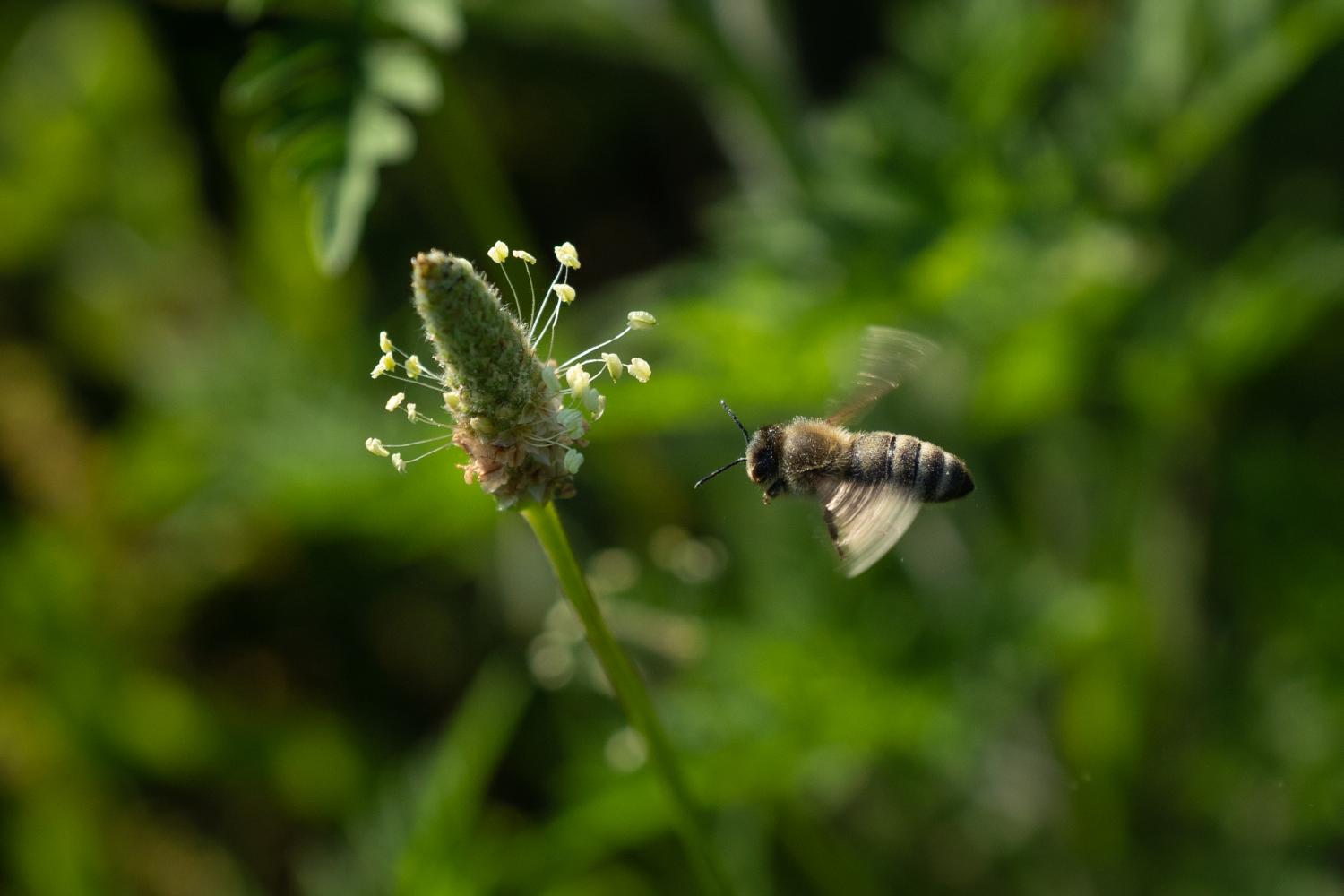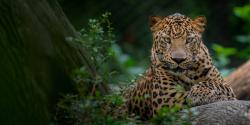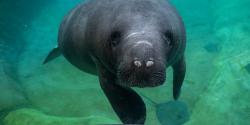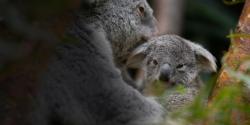
If you've ever strolled through the prairies at The Wilds on a warm summer day, you've likely experienced the mesmerizing dance of pollinators amid a sea of tall grasses, buzzing bees, and vibrant wildflowers. But this captivating landscape isn't a happy accident; it's the result of meticulous planning and the intentional cultivation of native plants that play a vital role in supporting pollinators and other wildlife.
At The Wilds, where trees struggle to take root on land once stripped by mining, prairies have emerged as a beacon of hope. Spanning nearly 700 acres, these prairies serve as vital habitats for pollinators and wildlife alike. Through ongoing research, we explore how prairie ecosystems influence soil properties and whether their deep-rooted plants can pave the way for the eventual return of forests. Our commitment to prairie restoration includes practices like mowing and prescribed burning, which help suppress invasive species, foster native plant growth, and replenish nutrients in the soil. Supported by funding from the Natural Resource Conservation Service, our efforts exemplify the power of conservation-driven restoration.
Little Plant Helpers
Pollinators, from bees and butterflies to birds and bats, play a crucial role in fertilizing plants, facilitating seed production, and sustaining ecosystems. While insects like bees and butterflies often steal the spotlight, it's important to recognize the diverse array of animals that contribute to pollination. From ants and flies to moths and small mammals, each species plays a unique part in the intricate web of life.
Why does pollination matter? Simply put, it's the foundation of food production for humans and animals worldwide. Without pollinators, many of the fruits, vegetables, and nuts we rely on would cease to exist, disrupting not only our diets but entire ecosystems.
Pollinators in Peril
Despite their importance, pollinators face a myriad of threats, including habitat loss, fragmentation, and degradation. As urbanization and agricultural expansion reshape landscapes, the once-abundant habitats that sustained pollinator populations are dwindling. To compound matters, climate change adds another layer of complexity, altering flowering times and disrupting the delicate synchrony between plants and pollinators.
While the decline of pollinators, including honeybees, garners significant attention, it's crucial to remember that plants and pollinators share a symbiotic relationship. Protecting one necessitates safeguarding the other, highlighting the interconnectedness of ecosystems.
Building a Backyard Habitat
Fortunately, YOU can play a pivotal role in supporting pollinators by creating pollinator-friendly habitats right in your own backyard. Whether you have acres of land or a small urban garden, you can make a meaningful impact on local pollinator populations.
Generalist pollinators, which have the versatility to pollinate a wide range of plant species, are particularly valuable in maintaining ecosystem stability. By providing a diverse array of flowering plants that bloom throughout the growing season, you can attract and support these essential pollinators.

Here are a few simple steps to get started:
- Create Nesting Sites: Leave small patches of unmowed areas to provide nesting sites and materials for bees and other ground-nesting insects.
- Plant Native Flowers: Choose native plants that provide nectar and pollen for pollinators throughout the year. Opt for a variety of flower shapes, sizes, and colors to attract different species of pollinators.
- Avoid Pesticides: Minimize or eliminate the use of pesticides, as they can harm both pollinators and the plants they rely on.
- Provide Water: Set up a shallow dish filled with water and pebbles to provide pollinators with a source of hydration.
By taking these simple yet impactful steps, you can transform your backyard into a haven for pollinators, contributing to the conservation of these essential species and fostering biodiversity in your community.
In conclusion, creating critical pollinator habitats isn't just about beautifying our surroundings; it's about safeguarding the foundation of our food systems and preserving the delicate balance of nature. Whether you're a homeowner, gardener, or nature enthusiast, you have the power to make a difference. So roll up your sleeves, grab your gardening gloves, and join us in cultivating a brighter, more vibrant future for pollinators and wildlife everywhere.









